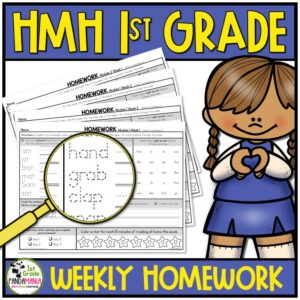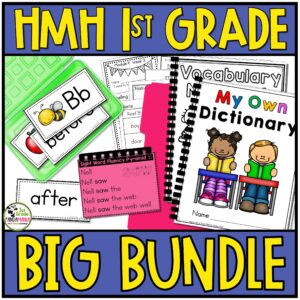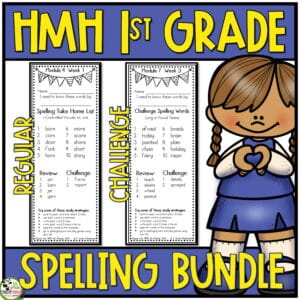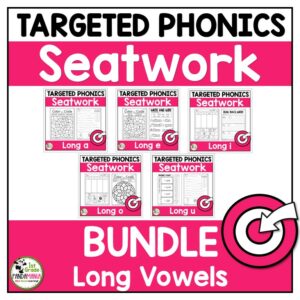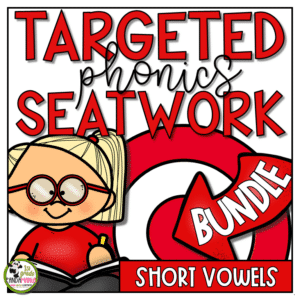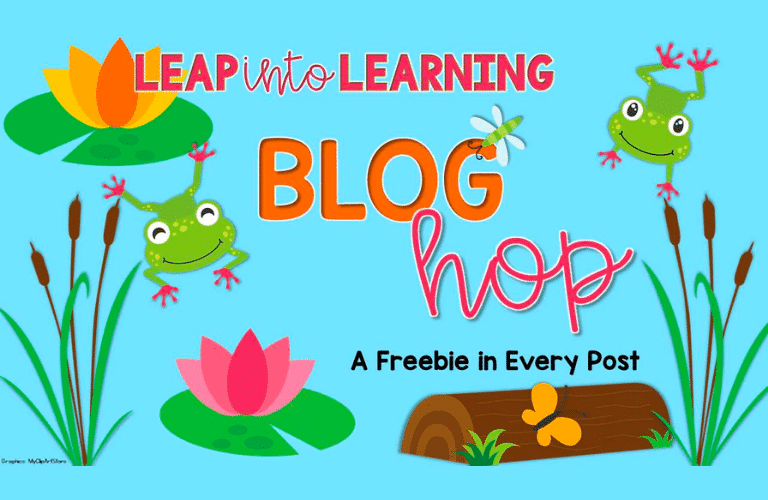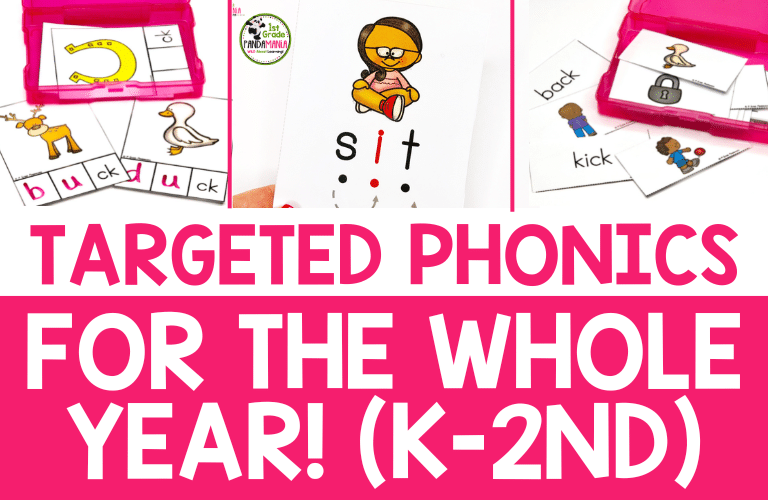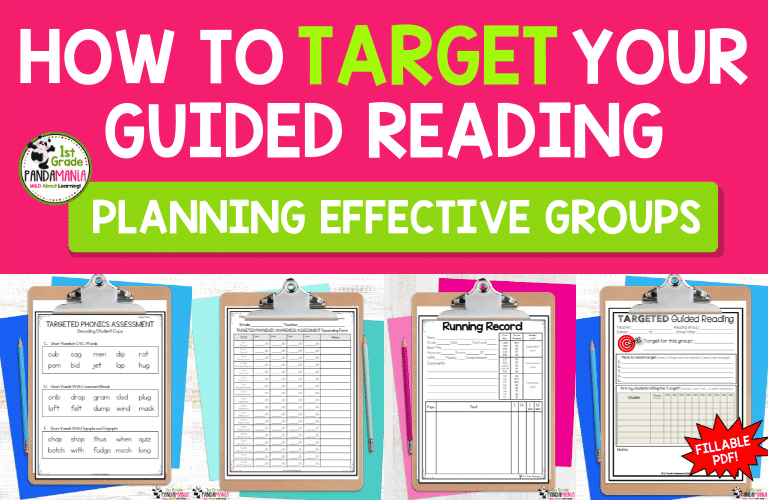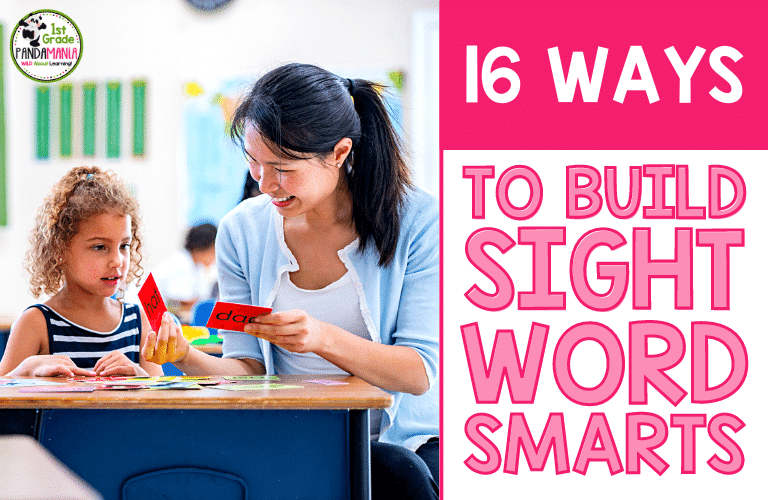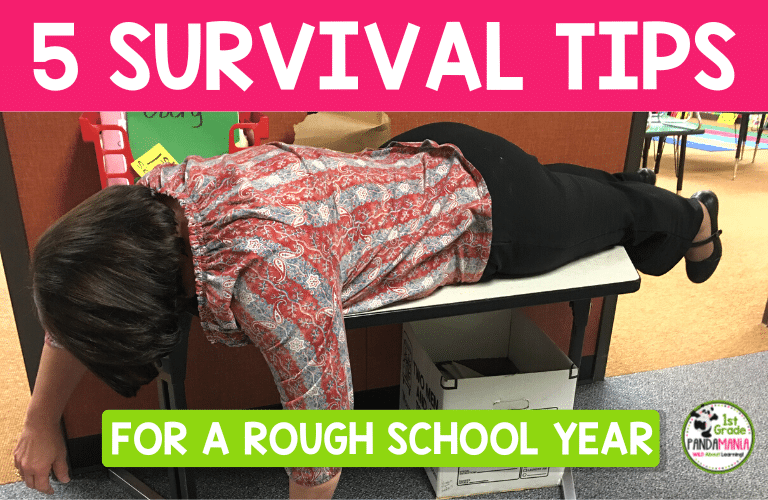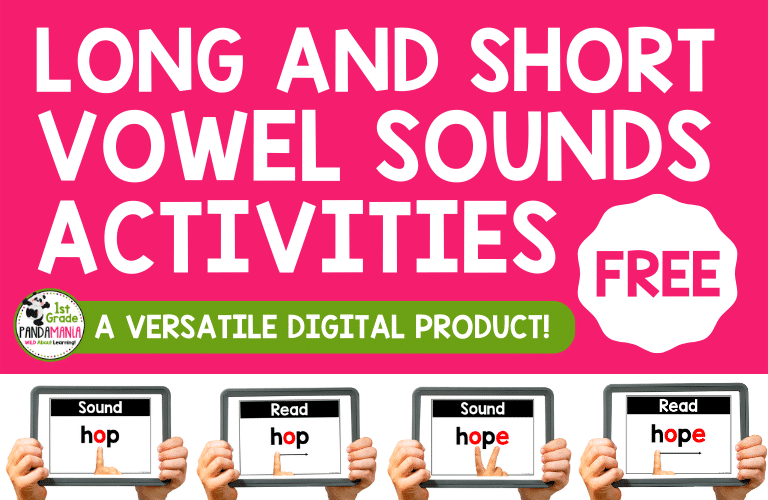Ready For The BIG Secret? It’s REAL Reading
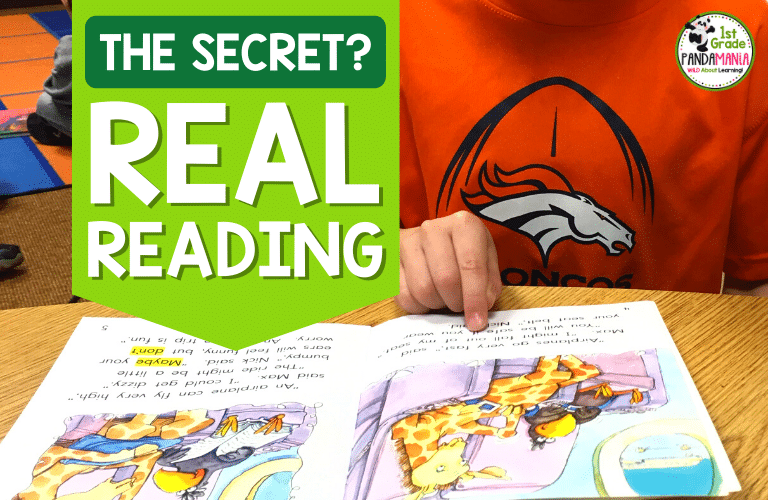
By this time in 1st grade, we want our students to be reading independently with fluency and comprehension. They should be able to select a book at their level and read it…REALLY reading!
And the thing is, our students want to read more!
Many of us stop our students’ excitement of reading independently by requiring too many paper-pencil, coloring, sorting, and other activities that may work on isolated reading skills. But when these activities take more than 50% of their reading time, they are not getting enough REAL Reading.
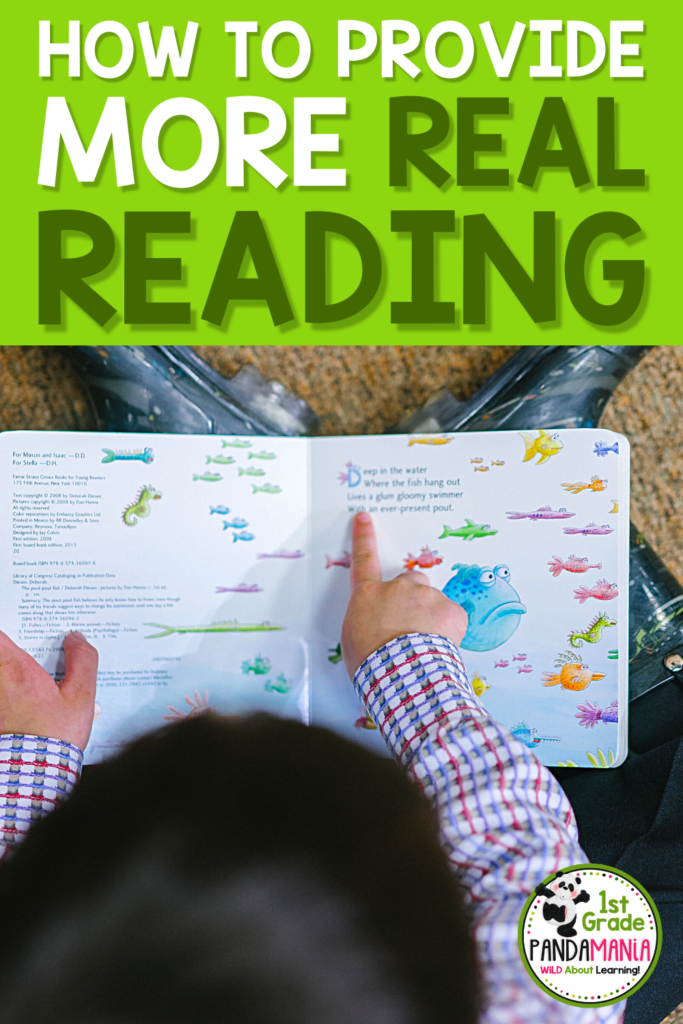
I’m not opposed to these activities. Heck, I sell and use these activities with my students during our May Do activity time. As the year progresses, however, I am mindful of how much of these activities I use, and I begin to provide more REAL Reading materials for them and monitor the time they are in each activity.
If we want our students to be reading independently with fluency and comprehension by the end of 1st grade, we need to remember the following:
- By mid-year, 1st graders should be reading at least 50% of the time during their reading block.
- By the end of the year, they should be engaged in REAL Reading activities up to 75% of the time.
Here is an example of Reader’s Theater Scripts. These aren’t only great for building fluency, but it’s easy to find scripts for your student’s reading levels and interest is there!
So, what is REAL reading?
Reading the text. It’s as simple as that. It’s not paper-pencil, it’s not hands-on, and it’s not discussion during small group. It’s REAL Reading. These are some great ways to get more for your 1st graders:
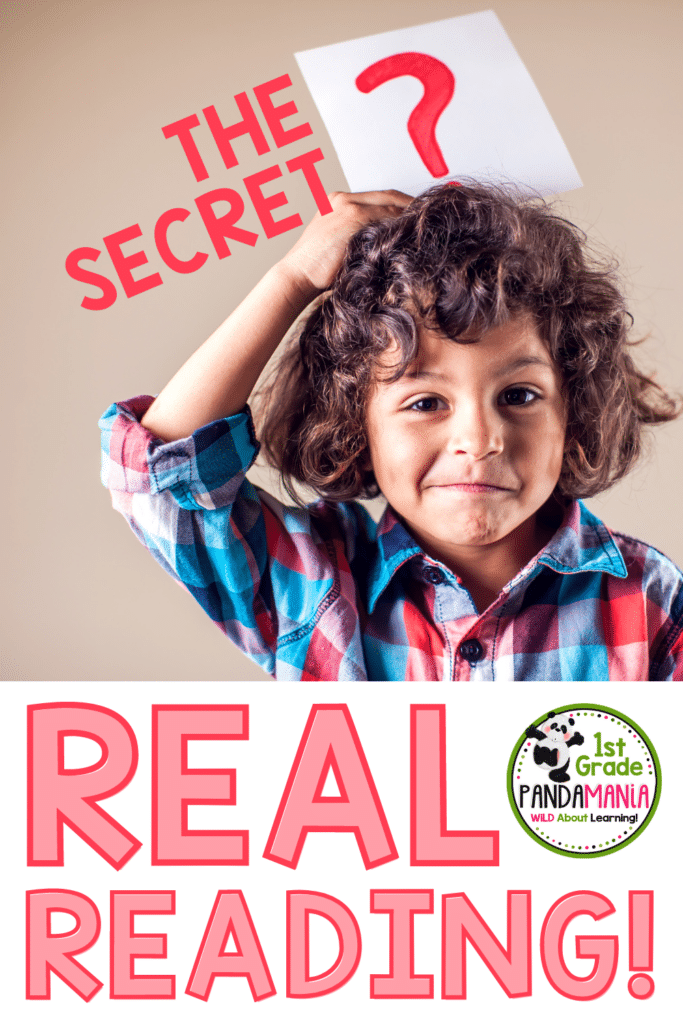
- Independent Reading (when students are reading at a fluent pace; usually around 50 wpm or more in text at their level)
- Partner Reading (at times when students must practice fluency, comprehension, and accuracy; it is important to give clear expectations for this activity)
- Guided Reading (teacher voice should be OFF the majority of the time while students are reading so they are doing the reading work, not echoing the teacher)
- Whisper Reading (great for pre-reading during guided reading time; teacher monitors for accuracy and decoding)
- Reading for Information
- Readers Theater
- Reading Passages
-
Product on saleFluency and Comprehension Passages with Long and Short Vowels BUNDLEOriginal price was: $9.00.$7.50Current price is: $7.50.
- Decodable Reading
- Choral Reading
- Phrase Reading
- Fluency Phrases to Improve Reading Fluency
Research shows that the more students really read, the more they progress. Seems sort of common sense, but in order to get to that 50-75% of the time in REAL Reading, it takes mindful planning!
Find more reading ideas below:
- 6 Key Steps to Preparing The BEST Guided Reading Lessons!
- Do Your Students Know Their Goals? + FREEBIE!
- 16 Helpful Ways to Build Sight Word SMARTS
Thanks for stopping by!
-
Product on saleHMH Into Reading Sight Words and Spelling Homework 1st Grade 2020Original price was: $4.00.$2.00Current price is: $2.00.
-
Product on saleChristmas Activities for the Classroom BIG Bundle (1st and 2nd Grades)Original price was: $18.45.$12.91Current price is: $12.91.
-
Product on saleHMH Into Reading Spelling, Sight Words, Vocabulary BUNDLEOriginal price was: $62.20.$49.95Current price is: $49.95.
-
Product on saleHMH Into Reading Challenge and Regular Spelling Lists BUNDLE 1st Gr. 2020Original price was: $7.00.$5.60Current price is: $5.60.
-
Product on saleLong Vowel Worksheets Phonics Activities BUNDLEOriginal price was: $17.00.$15.00Current price is: $15.00.
-
Product on saleShort Vowel Worksheets Phonics Activities BUNDLEOriginal price was: $24.00.$19.95Current price is: $19.95.
-
Product on saleFluency and Comprehension Passages with Long and Short Vowels BUNDLEOriginal price was: $9.00.$7.50Current price is: $7.50.
-
Product on saleGuided Reading Lesson Plan Template and Resources K-2 Fillable FormsOriginal price was: $30.00.$10.95Current price is: $10.95.



